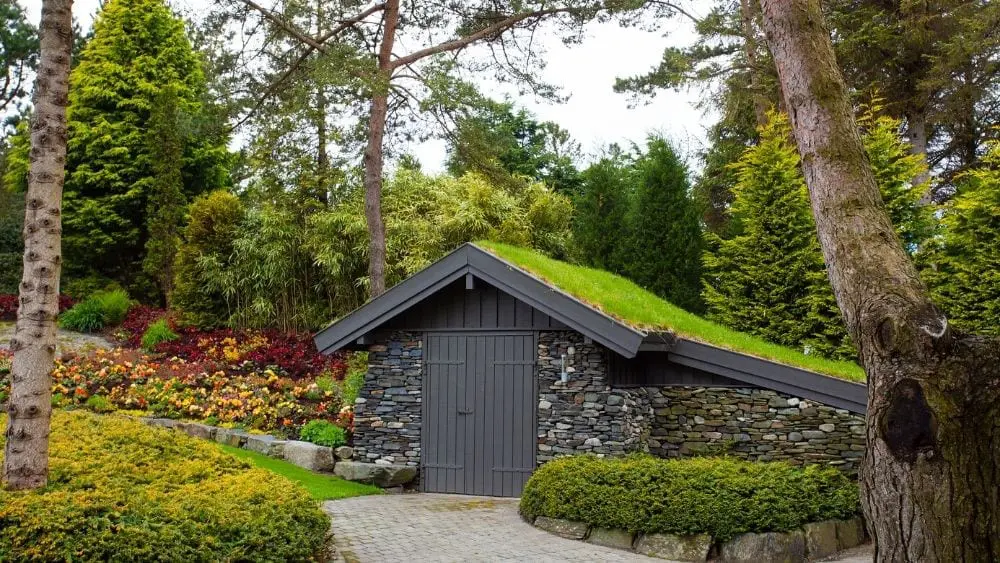Innovative New House Plans for Modern Living Introduction: As the world evolves, so do our living spaces. New house plans...
Sustainable architecture
Container Home Plans: Designing Your Dream Sustainable Living Space In today's fast-paced world, where sustainability is becoming increasingly important, many...
Blurring Boundaries: Living Roofs and Modern Landscaping Embark on a journey where architecture and nature intertwine seamlessly with the concept...
Sustainable Roofing Evolution: Transforming Buildings with Green Innovations Sustainability is at the forefront of architectural advancements, and green roofing innovations...








